Le jardin de nous deux (The garden of the two of us)Charles (1910 – 1991) and Pauline Billy (1915 – 2002)







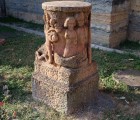









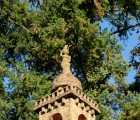







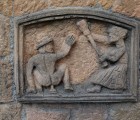

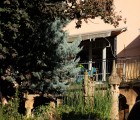







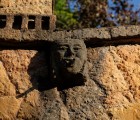


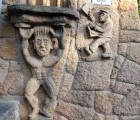



















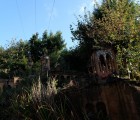
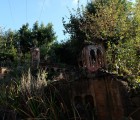




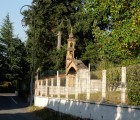






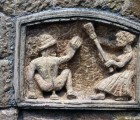


Extant
Chemin du Mazard, Civrieux-d'Azergues, Auvergne-Rhône-Alpes, 69380, France
The property is currently owned by a private party who does not generally provide access to the public.
About the Artist/Site
For several centuries, a Grand Tour of Europe was often considered an essential component of the education of well-to-do young men, necessary in order to broaden their outlooks and complement their often parochial academic lessons. While some travelers who were afforded this luxury spent their time frolicking and prematurely spending their inheritances, others found that their new experientially-based knowledge had the capacity to change their lives.
While most voyagers reported home through enthusiastic letters written out in fine hands, a special few decided to memorialize their travels through more substantial creations in three dimensions. In northern Spain, for example, Juan María García Naveira created O Pasatempo, an “encyclopedic park of attractions” that showcased both allegorical concepts and tangible representation of images he gathered on his voyages; this was fairly standard fare for the nineteenth century, validating as it did one’s wealth and cultural experience.
Even in the twentieth century, we find hand-built souvenirs of travels in a variety of art environments, although most of these trips, in contrast, were paid for by the travelers themselves, and often were not undertaken until after retirement. One of the most elaborate is Charles Billy’s Jardin de nous deux, located around 12 miles (20 kilometers) northwest of Lyon, in France’s Rhône department.
Charles Billy grew up in rather straitened circumstances, and after having attended school until the age of 12, he quit his education in order to look for work. He took a variety of jobs, learning different technical skills in each, but for quite some time he didn’t find anything that particularly suited him. Nevertheless, during a time spent at the Frères Lumière in Villeurbanne, he learned a lesson that he would remember always: his boss insisted on quality rather than quantity of production, and Billy learned to take his time and produce fine work. Finally, having taken a training course to design lingerie, he continued working in this field until his retirement at age 65 in 1975. Beginning that same year, he and his wife Pauline started to travel and, having visited Ferdinand Cheval’s Palais Idéal in 1968 – nearby in Hauterives – he decided to memorialize their journeys by constructing small scale models of some of the impressive buildings and images they had seen, as well as some imaginary ones inspired, again, by their travels.
Because their property in Civrieux-d’Azergues was very steep, Billy built up low terrace walls to provide flat foundations for these buildings. Taking advantage of his access to stones gathered from demolished buildings – primarily the “golden stones” of the Beaujolais region – he constructed a Thai temple, Noah’s Ark, the Tower of Pisa, the Parthenon, the Alhambra, the Hagia Sofia mosque in Istanbul, the Arc de Triomphe in Paris, and many more. Most are in the range of 2 – 3 meters (6 – 10 feet) high; some of the stones had to be cut down to better fit the scale of these works. Working without preconceived plans, the structures ignore constraints of time or place: the viewer will be surprised at the installation of representations juxtaposed next to those from different lands and different centuries. Other works are amalgams of architectural components: for example, the Kel-kepar-Méou, an imaginary chateau, includes elements drawn from a gothic church in Rio de Janeiro as well as the Big Ben clock tower in London. Bas-relief sculptures were carved into many of the stones; one is a figure of a postal carrier who points out where to deliver the mail. Billy’s wife Pauline was an enthusiastic participant in these creations; in addition to helping him with the actual constructions, she also occupied herself by organizing and planting the garden flowers. The couple gladly opened the property up to visitors and even produced postcards to increase its visibility.
Charles and Pauline Billy had hoped that the local cultural authority of the Rhône department would accept and care for the sitebut at that time the authorities were not convinced of its aesthetic quality, and they declined. Following a heart attack, Billy died in 1991, and, after Pauline died in 2002, her heirs decided to sell the property. It is currently owned by a private party who does not generally provide access to the public.
~Jo Farb Hernández, 2018
Contributors
Map & Site Information
Chemin du Mazard
Civrieux-d'Azergues, Auvergne-Rhône-Alpes, 69380
fr
Latitude/Longitude: 45.8564549 / 4.7081342
Nearby Environments

Jardin de Rocailles (Rock Garden) at Ermitage du Mont Cindre
Saint-Cyr-au-Mont-d'Or, Auvergne-Rhône-Alpes

Can you provide SPACES with images of this art environment?
Please get in touch!
Michel Nivon
Montchenu, Auvergne-Rhône-Alpes



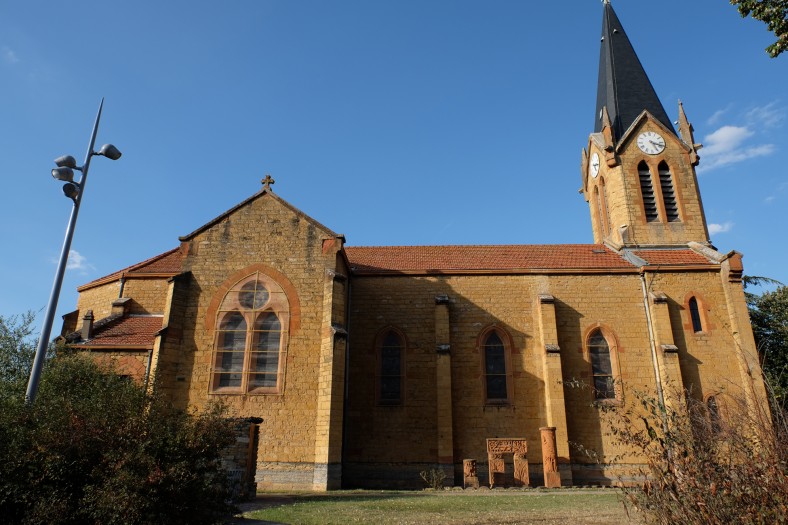
















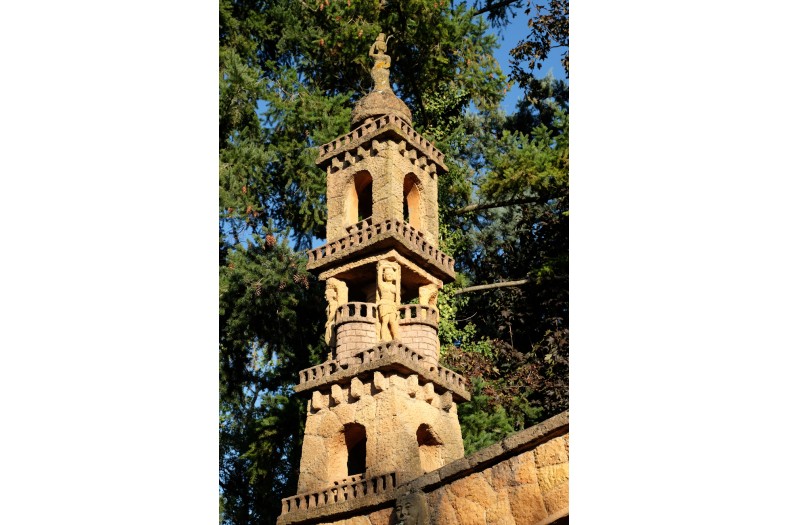


































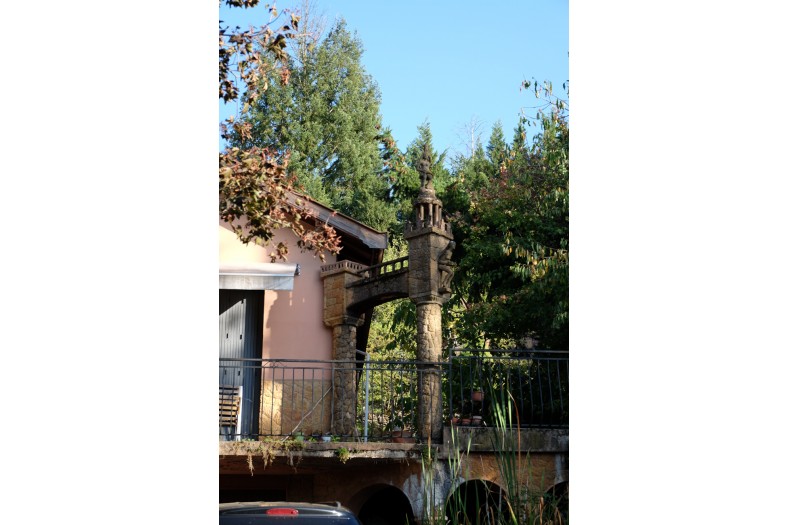


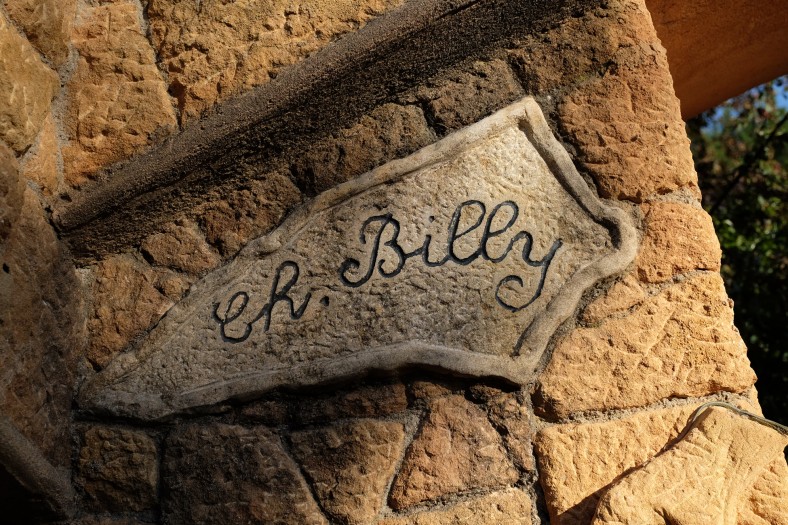








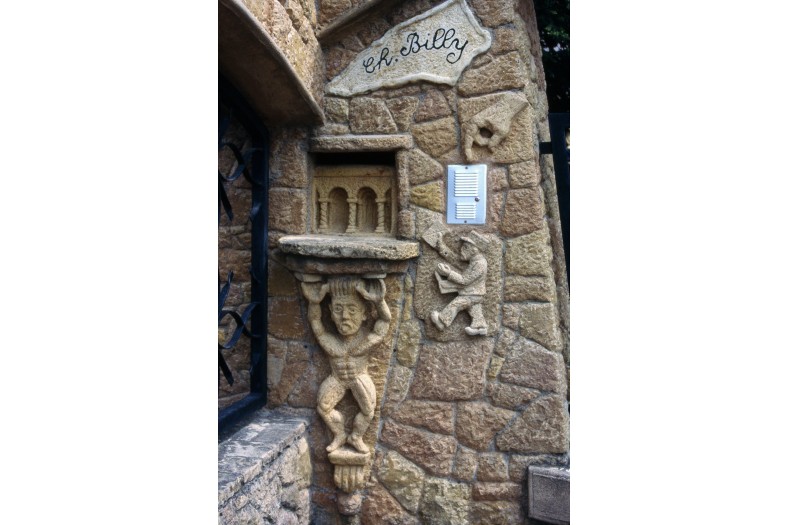










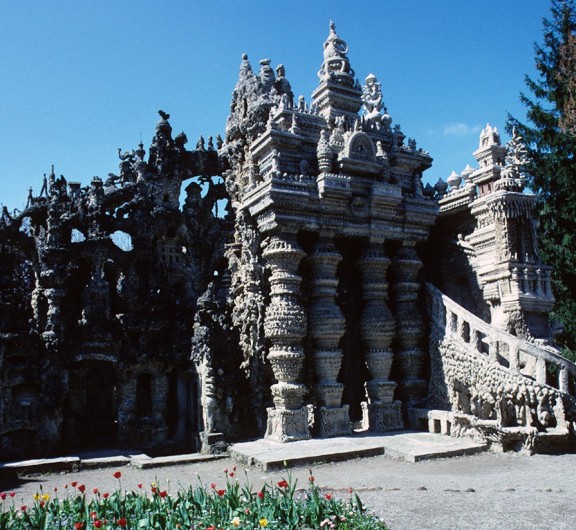


Post your comment
Comments
No one has commented on this page yet.